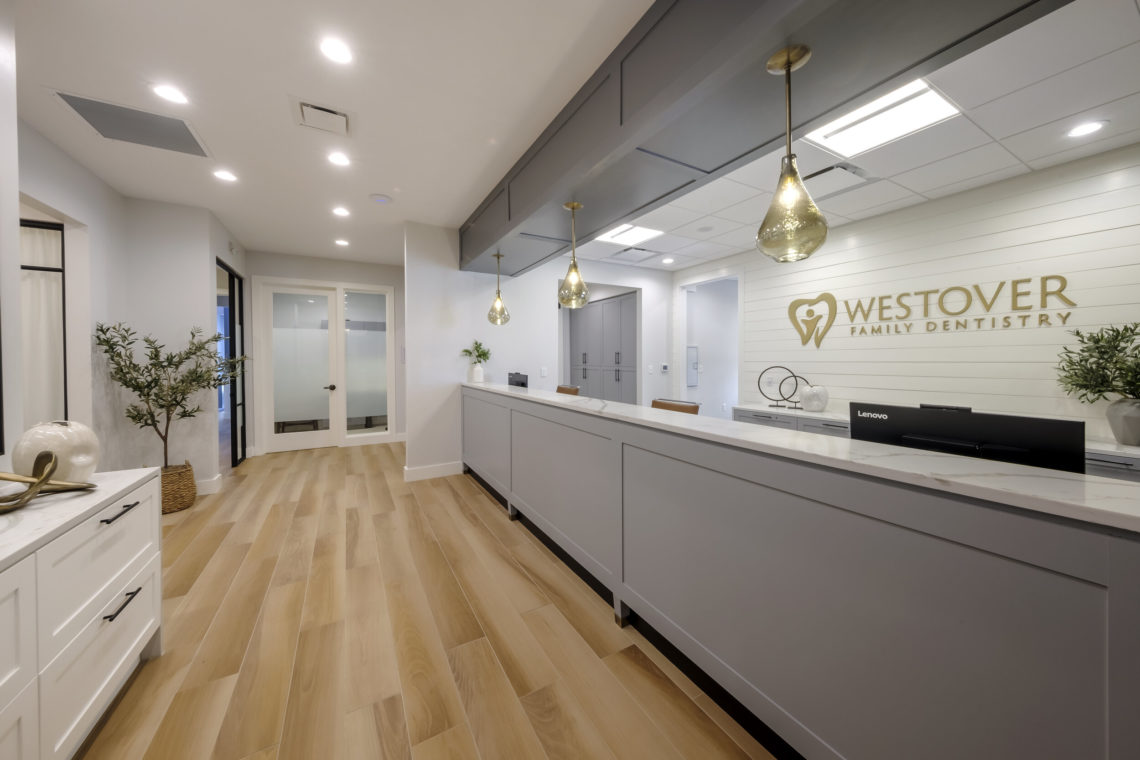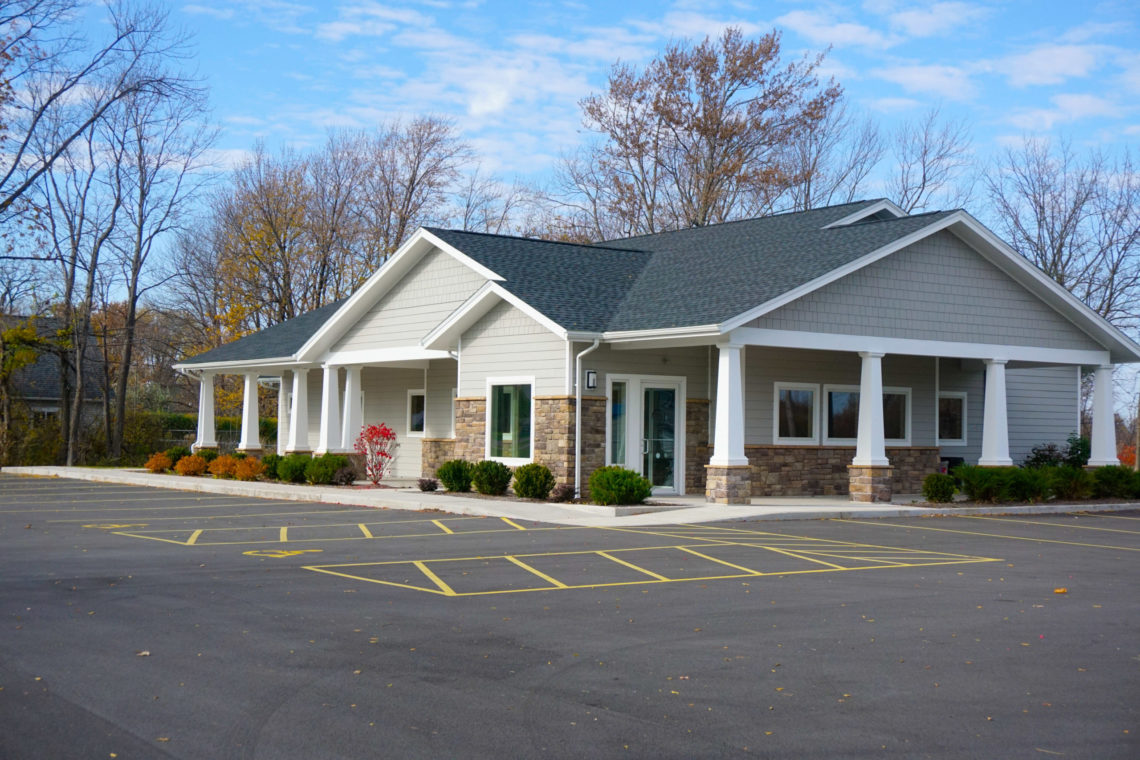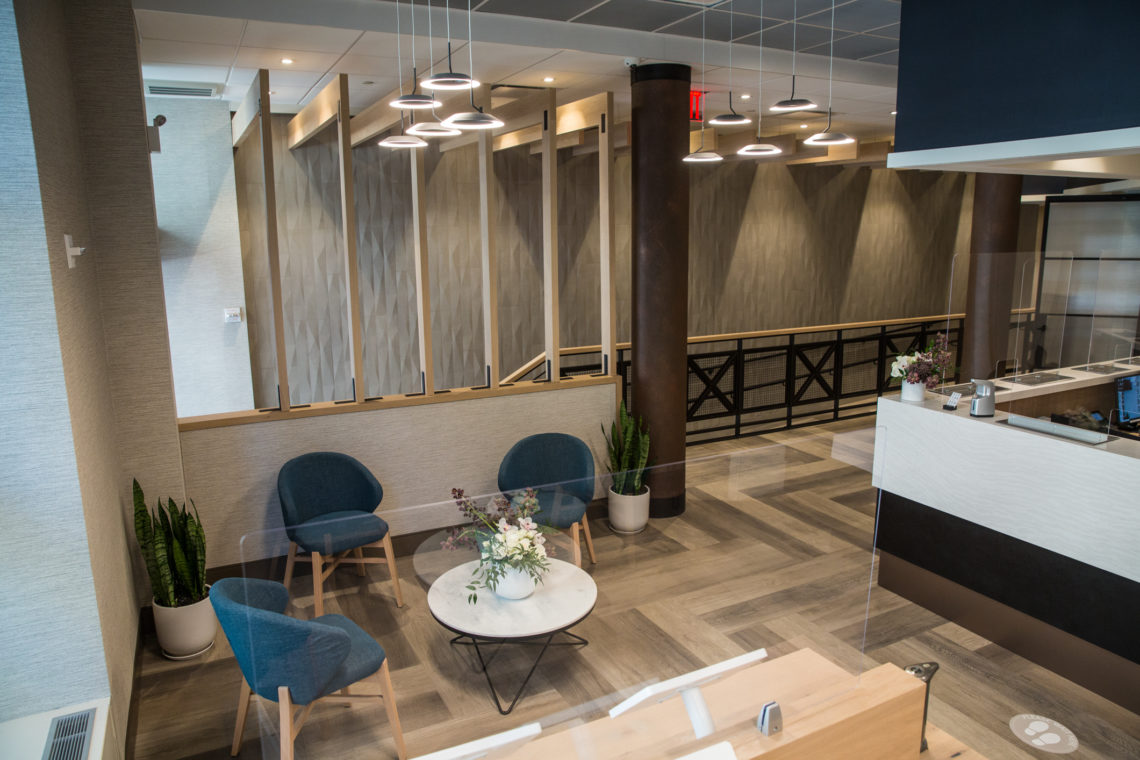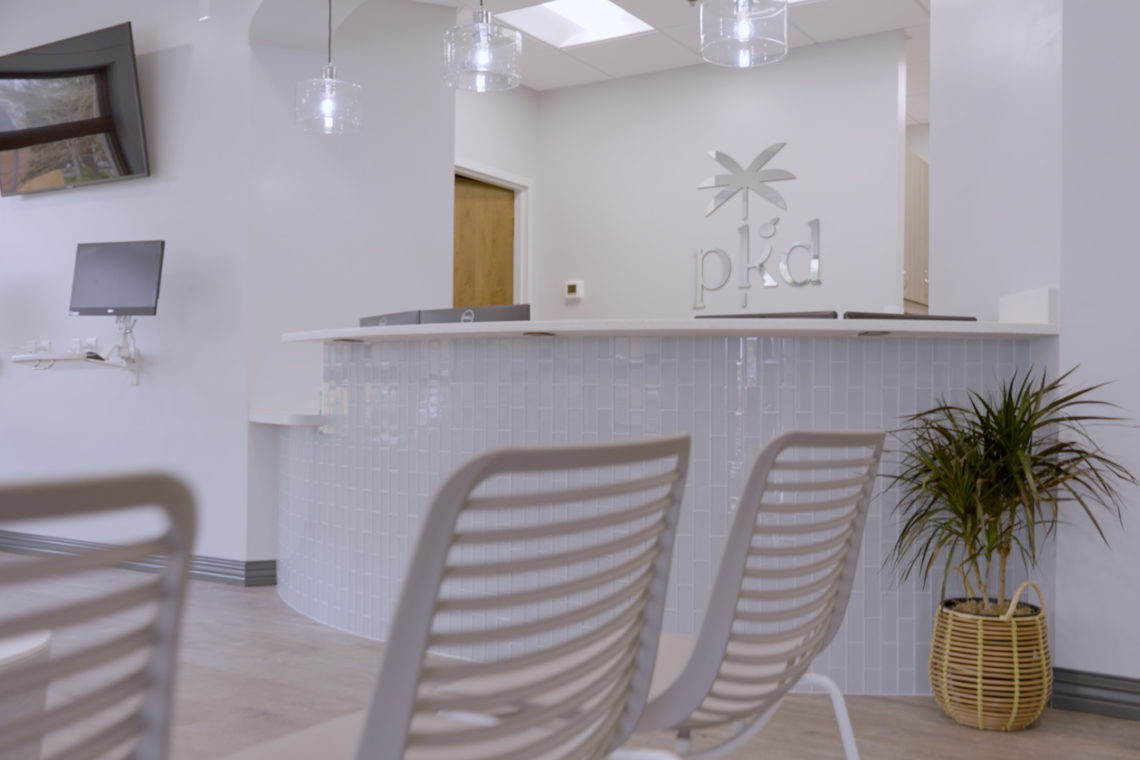
e-Newsletter
Vielen Dank,
wir haben Dir eine E-Mail an gesendet. Bitte bestätige diese.
This entry was posted in Dental Office Design.
Deciding how your dental office will look is not only the most exciting part of building a new office or remodel, but also one of the most challenging. A dental office should be comprised of two key factors when it comes to the office layout: Functionality to enhance productivity and the overall patient experience.
Great functionality optimizes productivity and can significantly reduce stress. Investing in proper office flow and design can incrementally improve your practice. Even minor changes can have a major impact on your patient base. When your office environment is consistent and congruent with the level of treatment you’re offering, that leads to success.
Before starting your new office build or remodeling project, consider these six critical components:

Understanding the unique elements of dental office design rests on realizing the importance of imagery through the patient’s eyes. Virtually everything we take in today is done visually, so we need to communicate with our patients visually as well. This includes designing a dental office that is clean and aesthetically pleasing — an essential step in conveying your level of care and service to your patients.
Location
If you’re looking to lease space, work with a lease negotiator who will understand the elements of the lease agreement and be able to negotiate on your behalf. Their advice is often invaluable for protecting your interests in these transactions.
Generally, for a leased building the landlord will allocate three parking spaces per 1,000 square feet of office space. That is wholly inadequate for a dental practice, especially if it’s in a medical and dental office building. To ensure there is enough space for patients and staff, a minimum of five parking spaces per 1,000 square feet of office is desirable.

If you’re thinking about purchasing property to build on, that has its own considerations as well. As a general rule, the land area should be at least six times the size of the proposed office to accommodate required setbacks. If you’re looking to build a 2,500 square foot building, you would need at least 15,000 square feet of land to accommodate that. Having even more land is desirable because it will provide more options for where the building is situated on the property. Additionally, it’s helpful to choose a lot that is relatively square or rectangular in size.
Floor Plan/Layout
In general, it’s best to have at least 500 square feet of office space per operatory or dental chair. That means a five-operatory office should have 2,500 square feet of space to optimize production and minimize stress. The shape of the space should be as close to square as possible, since the more irregular the space is, the more difficult it will be to create a highly productive floor plan.
If you’re considering a leased space, look at the number and location of columns. Older buildings tend to have more columns. These need to be sufficiently distant from the exterior wall of the clinical zone so there is adequate depth for the operatory and the clinical hallway.

A general guideline is to add 50 square feet to your floor plan space requirements for every column in your lease space. For example, if you're planning on a five-operatory office, you should normally need 2,500 square feet. But, if there are three columns present in this space, then an additional 150 square feet should be included to ensure there is adequate space for all elements of the office. For a five-operatory office, that would be 2,650 square feet of space. Likewise, if there are irregular spaces, it is prudent to add 50-75 additional square feet of space per operatory in order to adequately place and size all rooms and areas in the office.
Interior Design
The aesthetics of the practice, including wall coverings, paintings, carpet and accessories, should reinforce your brand identity. This includes the lighting used throughout the space. How the practice is lit can change the whole dynamic of the space.

Work with an interior designer who has experience with dental offices to help plan out the new office. An interior designer is different from a decorator, as interior design involves the science of understanding behaviors to help with optimizing the functional use of the space.
Lighting
Having an open, illuminated dental office makes patients feel safe and welcome. Purposeful lighting is intended to accomplish a very specific task, such as illuminating the technology in the office or drawing the eye to a feature in the practice. The architect or interior designer can work with you to create a lighting plan detailing the bulb and fixture types and location of each piece of lighting throughout the practice.
Consultation Room
Growing your practice treatment acceptance is directly related to the addition of a consultation room. Having this purpose-built space can almost double case acceptance. Aesthetically, the room should have a look that is consistent with the level of care you're proposing to patients. It should be at least 9 by 9 feet in size and have at least an 8 foot ceiling to be psychologically effective.
Conclusion
Ultimately, whether you’re planning to remodel or build a practice from the ground up, optimizing day-to-day workflows will drive efficiency. From the floor plan to the equipment and location, all of these elements need to be carefully considered to support future growth. A well-designed practice will be inviting to patients and staff alike.
For more information on how to build or remodel your practice, visit www.dentalofficedesignuniversity.com. This on-demand program, available exclusively through Henry Schein, can be viewed at your convenience and will provide in-depth knowledge to prepare you for building a thriving dental practice.







